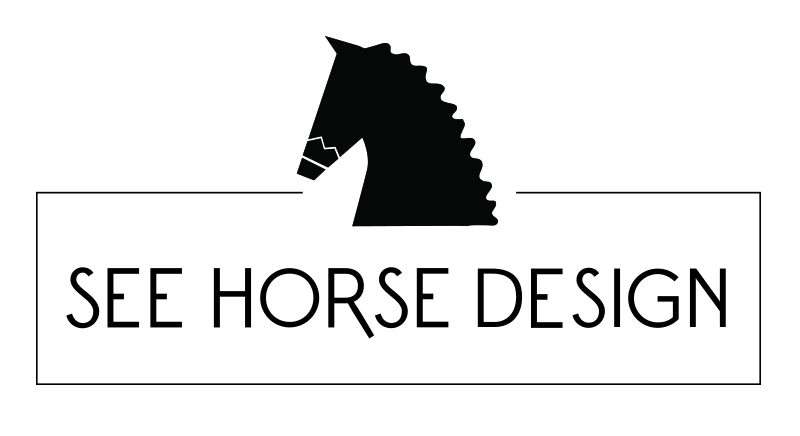Post Bathtime Roll
I decided to rinse Dancer off the other day after a ride in the hot/humid afternoon sun. I use the sweat scraper to dry him off as much as I could and put him back in his paddock. I had barely latched the gate when he started going down. It was a nice large patch of dirt. Perfect for a roll, according to Dancer. But what he doesn’t realize is that the extra dirt on his coat attracts extra bugs! So, I sprayed him down a gain and let him hand graze so he’d dry.
This left me thinking: “Why do horses roll in the dirt when they’re wet?!” And I was determined to find the answer. Here’s what I was able to dig up from various websites and books…
Horses roll because it feels good, because they’re itchy, because they’re trying to shed winter coats, because they think it repels bugs, because they smell funny after a bath and want to restore their natural scent, because they’ve seen another horse roll and because they might be colicky. Those are a lot of reasons for a horse to roll! It also has great benefits.
Rolling can help correct back issues in horses. When a horse rolls, he is stretching the muscles in his spine, neck, barrel, flanks and buttocks. It helps keep him flexible and healthy! You can also monitor your horse’s health by paying attention to how your horse rolls. If he rolls from side to side and then stands up and shakes (Dancer’s favorite post-roll routine), bucks or has a burst of energy, your horse is healthy. If your horse only rolls on one side before getting up, and proceeds to walk away when he returns to his feet, your horse could be sore or have other health issues. Some people purposely turn their horses out in sandy arenas to give them a safe place to roll. WARNING: If your horse rolls, doesn’t get up after he rolls, and bites at or “points” his nose at his side he is probably colicky! In this case, you should try to get him up and walking ASAP while you or someone else calls your vet!!
Another interesting fact I learned about rolling is that horses will pick out individual spots that they claim as their own and continue to seek those spots out to roll on. This will eventually cause the dirt to form a small cave. Horses in the wild would come back to their rolling spots after a rain in order to drink the water that collected inside.
Rolling is also an automatic reflex – just like yawning is for humans. If one horse rolls, all the other horses in the herd will roll! In herds of mainly males, the dominant horse will roll last and let the others roll first according to their position in the herd.
Horses also think that rolling when their coat is damp will provide protection against bugs. I have often found that more bugs become attracted to my horse after he rolls when wet. However, a wild horse that doesn’t have access to fly spray and a fly mask would definitely gain some protection by rolling in the mud! There’s also a theory that horses believe their “fresh apple” scent after a bath will attract predators. So they roll in the dirt to restore their “natural” scent – covering up the nice apple smell of the shampoo! As annoying as that can be, it does make perfect sense if you’re thinking like a horse!
Who knew rolling could mean this many things?!






